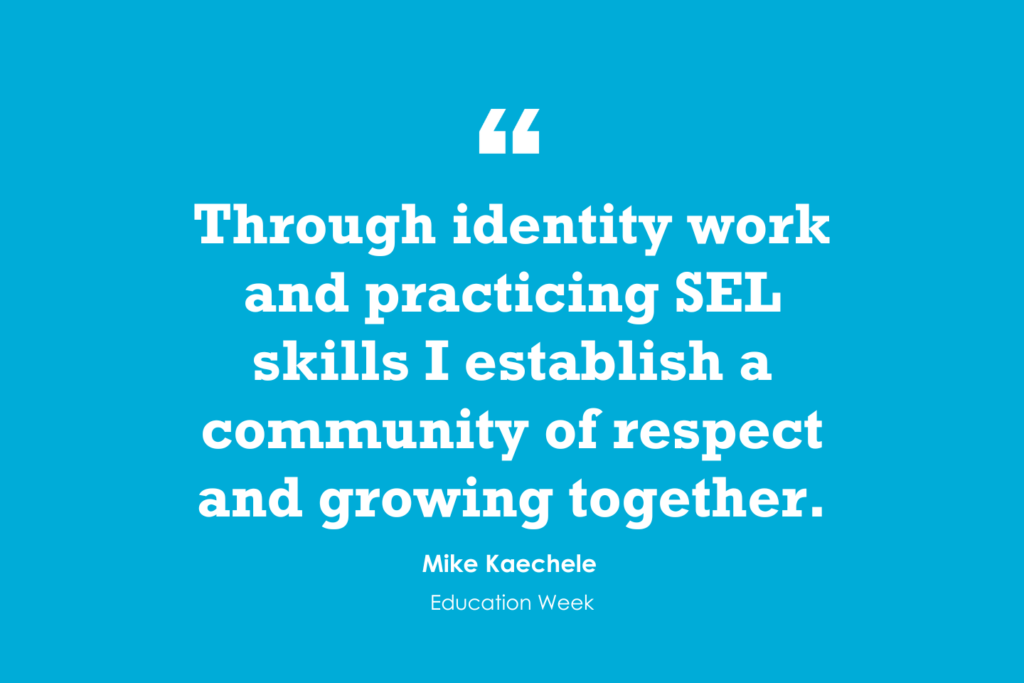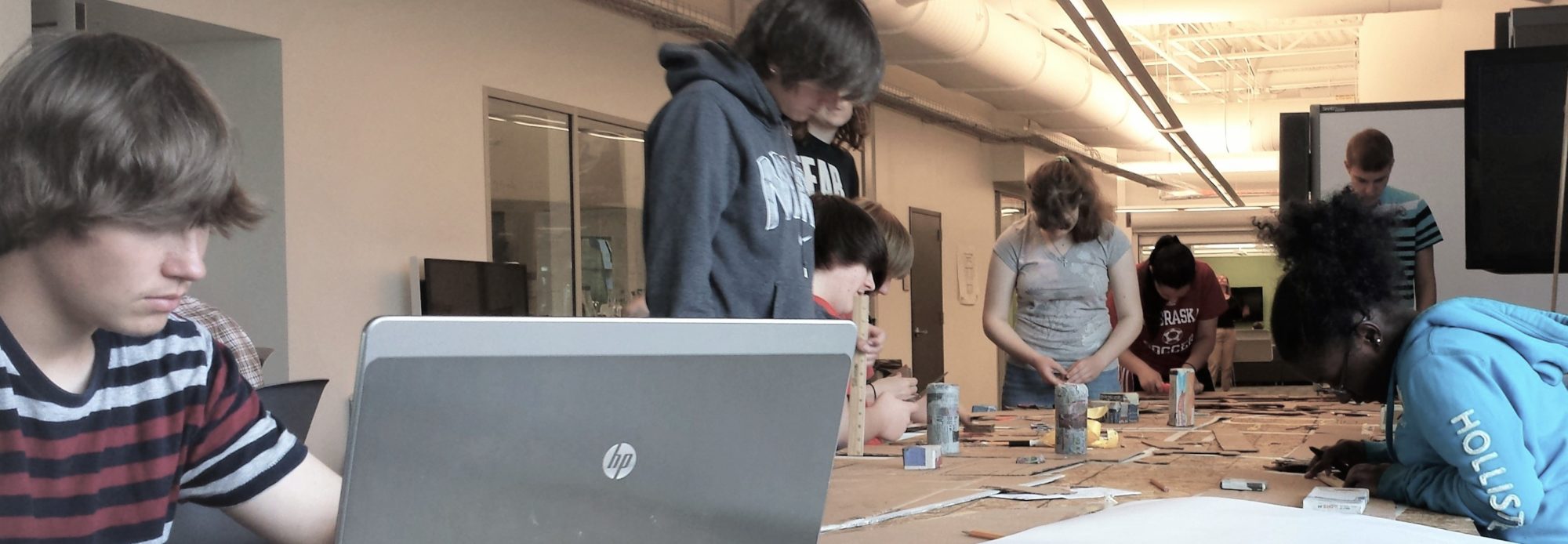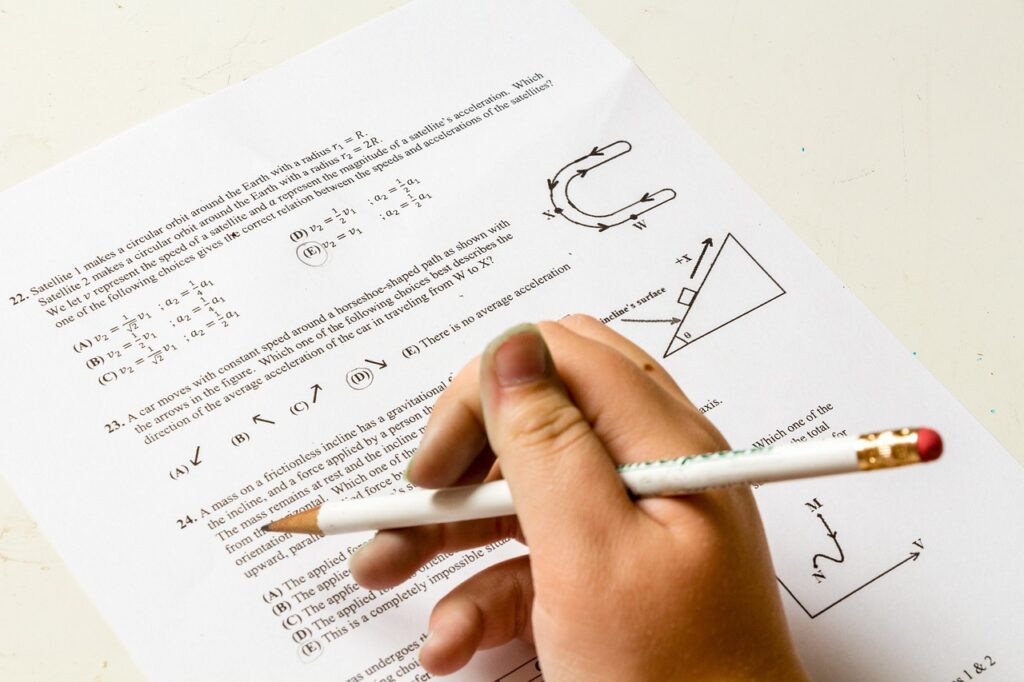
“Every teacher begins the year building classroom culture and routines. As a project- based learning teacher I focus on establishing a combination of collaborative skills and social-emotional-learning competencies.
On the first day of class, students are wondering two things: “What is this teacher like?” and “What is this class like?” Therefore, I avoid the boring activity of going over a syllabus and model the interactive nature of my PBL classroom. So, my first day is dedicated to a team-building activity. I like to use the 5 Square Puzzle because this silent challenge demonstrates how difficult it is to work together without communication, but any team challenge works well. [A side benefit of the 5 Square Puzzle is that I learn about some of my students’ personalities: Who jumps in and takes over? (leaders) Who loses focus quickly? Who sits back and analyzes? (philosophers).]
Team-building activities are not just for fun and getting to know one another. A post- activity debrief is critical. I lead a whole-group discussion focused on collaboration and how difficult that is without communicating. Next, I display a slide of the CASEL competencies. I ask students to silently reflect on which skills they needed to be successful in the 5 Square Puzzle. We then discuss how SEL skills are central to any well-functioning team. From day one, my students are practicing and reflecting on SEL skills.
Later, when we start our first PBL project, I can refer back to this activity when a group is struggling to be productive… “
Read the rest of this post as part of Larry Ferlazzo’s Edweek column: Want to start the year off right? Teachers share their best tips. Scroll to the bottom as mine is the last contribution. I share several other strategies that I use at the beginning of the school year.
Learn with me!
Are you interested in professional development for your school on how to integrate SEL or implement PBL? I would love to have a conversation on how I can help. I have limited availability during the school year but am scheduling a few workshops and book studies. Check out my workshop page or drop me an email at mikejkaechele@gmail.com. I would love to chat and co-plan meaningful PD for the educators at your school.
Would you like to explore more deeply how to integrate SEL into daily classroom activities? Check out my book below for tons of practical ways that can be immediately implemented in any classroom.
Pulse of PBL


